What is the best place to exchange currency?
Going abroad and in need of foreign currency? In this article, we'll explore where to exchange currency - from good deals to the places you should avoid.

If you’re planning a trip abroad, it’s worth thinking in advance about the best way to pay for things while you’re travelling. For many people, using debit or credit cards abroad is often the most convenient and safe option. Your transactions are all recorded, and you don’t have to carry around a pocketful of unfamiliar cash. But using cards overseas can be expensive. Avoid nasty surprises by learning about the fees and charges which will apply, before you go. Simply avoiding some of the common pitfalls will make sure your money goes further.
Read this guide to find out:
Using your Lloyds credit or debit card while you’re out of the UK, to make purchases or withdraw cash, should be just as simple as it is at home. You can use your contactless card wherever a retailer has the contactless symbol displayed. This ‘tap and go’ technology isn’t as popular in some countries as it is in the UK, so you may be out of luck.
Using your bank card overseas is simple, but there will be additional fees to pay. Don’t forget, too, that cards aren’t always widely accepted. Do some research if you’re heading on holiday somewhere off the beaten track, as cash is still the main form of payment in some countries.
Whether you choose to spend abroad using your debit or credit card, you’re going to incur some fees.
To work out what you might be charged, firstly you need to know if your card is a Visa, Mastercard or Amex. Although your card will be issued by Lloyds, all banks then use one of these three companies to process transactions for them. Lloyds generally issues Visa debit cards, and Mastercard credit cards, with a very small number available using Amex instead. Each company has a slightly different method of calculating the exchange rate that will be applied to your purchases while you’re away. You can find out easily which method your card uses by looking for the symbol on the card itself.
For example, let’s say, you have a Lloyds Visa debit card. In this case, the bank converts your purchase into GBP, using Visa’s exchange rate for the day. There’s generally a small mark-up added from the exchange rate you find on Google. But, by and large, these exchange rates are pretty fair if you’re being charged in the local currency. If you’re charged in GBP though, you can run into painful markups under something called Dynamic Currency Conversion (DCC). But more on that to come.
According to analysts who reviews the exchange rates over time, Mastercard offers marginally better rates for international purchases. However, there’s not much in it, and the costs will vary depending on which currency you’re spending in. You can find out how your card exchange rate compares to the real mid-market rate by using an online currency converter.
Find the daily exchange rates being used by Visa, Mastercard and Amex on their websites below:
On top of any exchange rate markups, Lloyds will then deduct a further cut for itself, which is known as a non-sterling transaction fee, a non-sterling purchase fee or a non-sterling cash fee. Which of these are applied depends on the transaction and card type.
If you’re taking cash out of an ATM, there will be further charges to pay. Not only does Lloyds usually add a cost here, some individual banks or ATM providers might levy their own fees on top of those your bank charges.
We aren’t through with the possible costs just yet. Meet Dynamic Currency Conversion (DCC).
This is where you’re asked if you want your purchase to be processed in GBP instead of the local currency. The sell to customers is that it’s more convenient to see what something is costing you in your home currency. However, it should most definitely be avoided.
You’ll come across DCC anywhere your card is accepted overseas, but should always choose to pay in the local currency. This is because the foreign currency exchange rates applied when using DCC are never as good as those your card provider will give you. They’ll be pushed up because they’re chosen by the local bank or owner of the ATM, who will be very happy to mark up an exchange rate and pocket the difference.
Last but by no means least, if you’re covering your holiday spending with a credit card you’ll also have to take into account any interest charges you might incur if you don’t pay your bill at the end of the month. The process used to calculate fees and charges, however, will be similar to that used when spending on a debit card.
Lloyds issues a wide variety of cards, so it’s really important you check the exact fees you’re liable for online or on the back of your card statements. For example, Platinum and Premier debit cards waive some of the fees described below and can be a better deal overall. The costs laid out below are a guide, and don’t cover all card types, or include all variances, promotions and opening offers.
Here are the fees you’ll be charged to use your Lloyds credit or debit card while you’re away:
| Lloyds Classic Debit Card | Lloyds Premium Credit Card | Avios Rewards/Premier Rewards (Mastercard or Amex) | |
|---|---|---|---|
| Purchases - ATM Usage | Purchases - ATM Usage | Purchases - ATM Usage | |
| Non-Sterling Transaction Fee | 2.99% - 2.99% | 2.95% - 2.95% | 0% - 0% |
| Non-Sterling Purchase Fee | £0.50 - n/a | n/a - n/a | n/a - n/a |
| Non-Sterling Cash Fee | n/a - £1.50 | n/a - 3% (minimum £3) cash withdrawal fee | n/a - 3% (minimum £3) cash withdrawal fee |
The different card providers have handy online tools, which help you work out what you’ll actually be charged when you make purchases abroad. For example, if you spend EUR 100 in a restaurant during your city break to Tallinn, and use your Santander Mastercard to pick up the tab, the exchange rate applied, including all fees, could have looked like this:
Using this exchange rate, you can see that the final bill totalled £90.77. The exchange rate used will fluctuate, so it’s worth checking the online tools regularly.
It’s a nightmare scenario, but you do need to know what to do if your card goes missing somehow when you’re on your holiday.
If your card is lost or stolen when you’re abroad, you must contact Lloyds immediately to report the loss. They’ll cancel the card and may be able to issue you some emergency funds - if they’re available in your account - to tide you over while you’re away.
Another option is to get extra card protection insurance. This is designed to help if your card is lost or stolen while you're abroad - but as an optional service, it’ll cost you. Card protection can be arranged through Lloyds, or a separate insurance company. Make sure you have all your policy details with you when you travel, just in case.
Your personal preferences and spending habits will dictate whether it’s best to use a debit or credit card abroad. If you have one of the Avios cards from Lloyds, you’ll probably find that this is your best choice for both purchases and cash withdrawals. However, you’ll be hit with extra interest charges if you don’t pay your bill right away, which might undermine the savings.
Alternatively, in general terms, a debit card is better if you’re taking out cash from an ATM, but don’t forget the individual ATM owner might charge extra for each withdrawal.
A credit card might be better value if you’re making purchases, or if you need to spread the cost of your holiday over time. Don’t forget that there might be additional interest costs, though. One obvious bonus is that spending on a credit card can be safer than using cash, as you can track your purchases, and they’ll be monitored remotely. The bank should then be able to help you if you’re the victim of fraud. Make sure you keep all your receipts and check your card statements thoroughly, so you can be sure there are no fraudulent payments to worry about.
Lloyds suggest that customers let them know before they travel abroad. The main reason for this it to make sure they have the correct contact details for you. If the bank thinks there are any issues with your account they’ll call you. However, if the number they have on file for you is wrong (or if you have your phone turned off while you’re abroad), the fraud prevention department might decide to block or limit your account while they make further checks. It’s easy to let Lloyds know your plans, either online, in your local branch or by calling 0345 300 0000 before you go.
If you’re planning on relying on cards mainly while you travel, then it’s sensible to have a secondary bank card with you, just in case there’s a problem with your main card. Of course, you might also find that cards aren’t accepted, so carrying a bit of local cash on you at all times is another smart precaution.
One of the biggest financial pitfalls involved in travel is accidentally overspending while away because you lose track of the costs in another currency. You can keep an eye on your account balance using online banking to avoid this. Alternatively, try an app to monitor and manage your cash flow while you’re away. Deciding on a daily spending limit before you go, is another way to help make sure you don’t have any nasty surprises once your holiday is over.
Holidays should be about fun and relaxing - not about worrying about money. By taking these common sense tips, and making sure you know before you go, which method of payment is going to be best for you, you can avoid the anxieties. Then all you have to do is relax and enjoy!
*Please see terms of use and product availability for your region or visit Wise fees and pricing for the most up to date pricing and fee information.
This publication is provided for general information purposes and does not constitute legal, tax or other professional advice from Wise Payments Limited or its subsidiaries and its affiliates, and it is not intended as a substitute for obtaining advice from a financial advisor or any other professional.
We make no representations, warranties or guarantees, whether expressed or implied, that the content in the publication is accurate, complete or up to date.
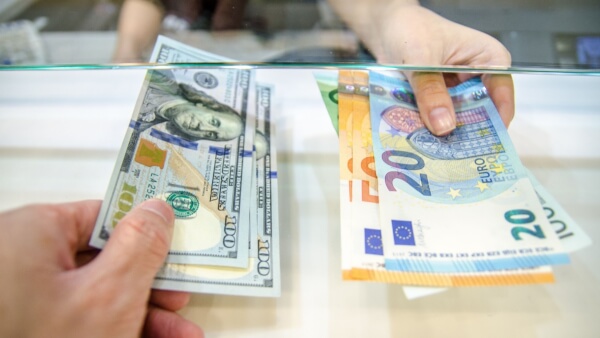
Going abroad and in need of foreign currency? In this article, we'll explore where to exchange currency - from good deals to the places you should avoid.

You're all set for your trip abroad, and the question comes up: where can I exchange foreign currency? In this article, we'll go through all the options & tips.
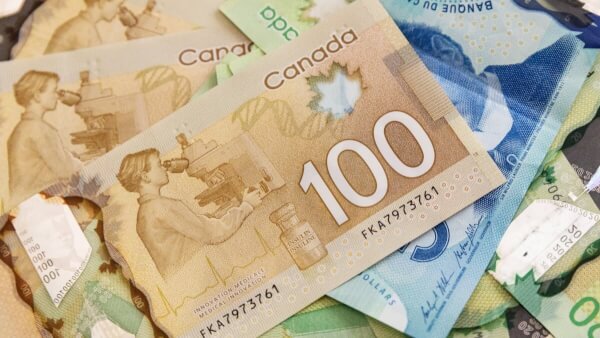
Heading abroad? Here’s everything you need to know about ordering Canadian dollars in the US.
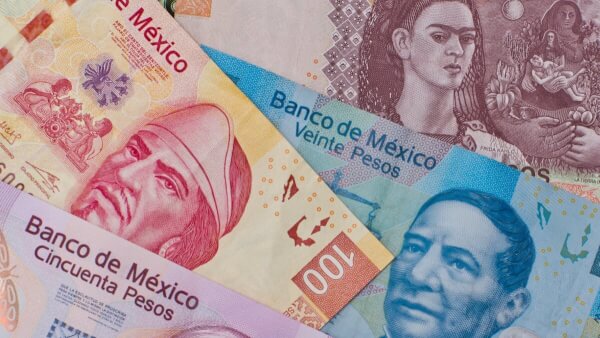
Heading abroad? Here’s everything you need to know about ordering pesos with Chase bank.
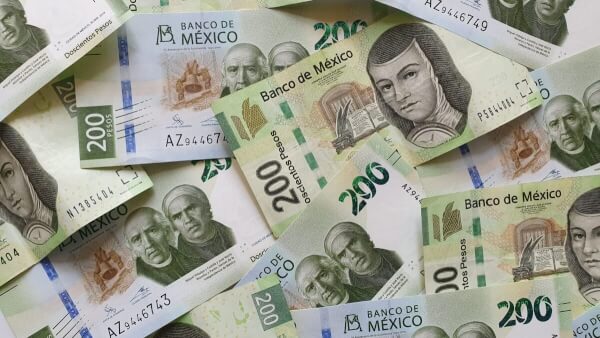
Heading abroad? Here’s everything you need to know about ordering pesos with Wells Fargo.
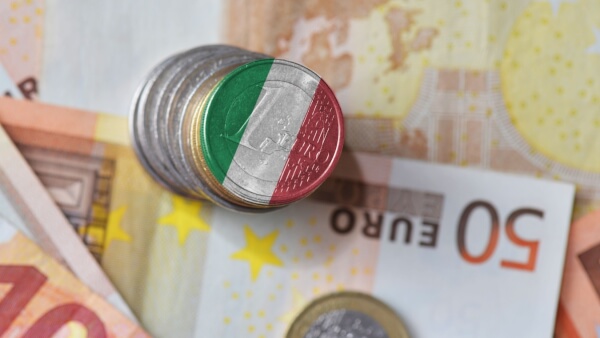
Heading abroad? Here’s everything you need to know about ordering euros with Bank of America.